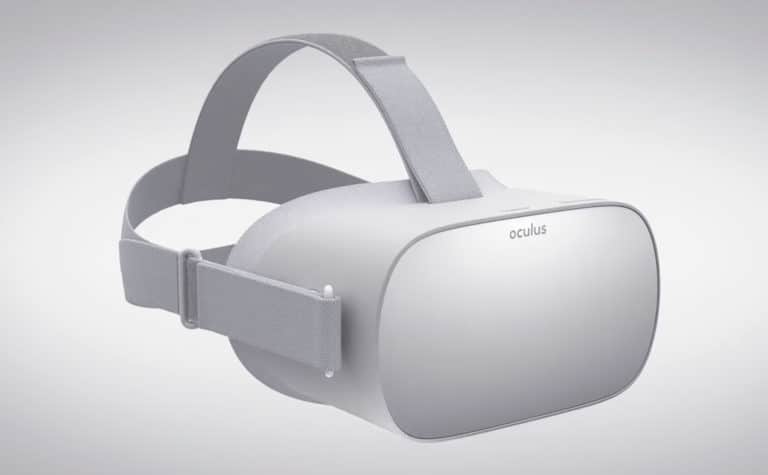
Who’s using VR today? What are their motivations? What are the VR use cases and content categories that resonate most? And for those uninterested in VR, what are their reasons?
We tackle these questions in the latest episode of ARtillry Briefs (embedded below). Based on ARtillry’s recent report, these questions are meant to uncover sentiments of the consumer public. That’s important during the current period of slower than expected VR headset sales.
And in VR’s early days, such data is scarce. So we set out for answers. Working closely with Thrive Analytics, ARtillry authored questions to be fielded through its established survey engine. The result is the first wave of Thrive’s Virtual Reality Monitor™ (VRM).
Tapping a considerable sample of almost 2000 adults, the data returned telling consumer behavior patterns, useful in ongoing VR strategy refinement. That includes content, pricing, comparative hardware satisfaction, most-desired use cases and other components.
Among the findings, VR scored high in satisfaction among current owners, but scored low in interest level from non-owners. This tells us that VR faces a double-edged sword: Its immersiveness creates highly visceral and satisfactory responses… but you have to try it first.
That means pricing, distribution and technological invasiveness are barriers to bringing VR to the masses. So near term opportunities lie in scaling up that “first taste” through gateway drugs like lower-priced and frictionless headsets (i.e Oculus Go), as well as VR arcades.
For a deeper dive on AR & VR insights, see ARtillry’s new intelligence subscription, and sign up for the free ARtillry Weekly newsletter.
Disclosure: ARtillry has no financial stake in the companies mentioned in this post, nor received payment for its production. Disclosure and ethics policy can be seen here.
